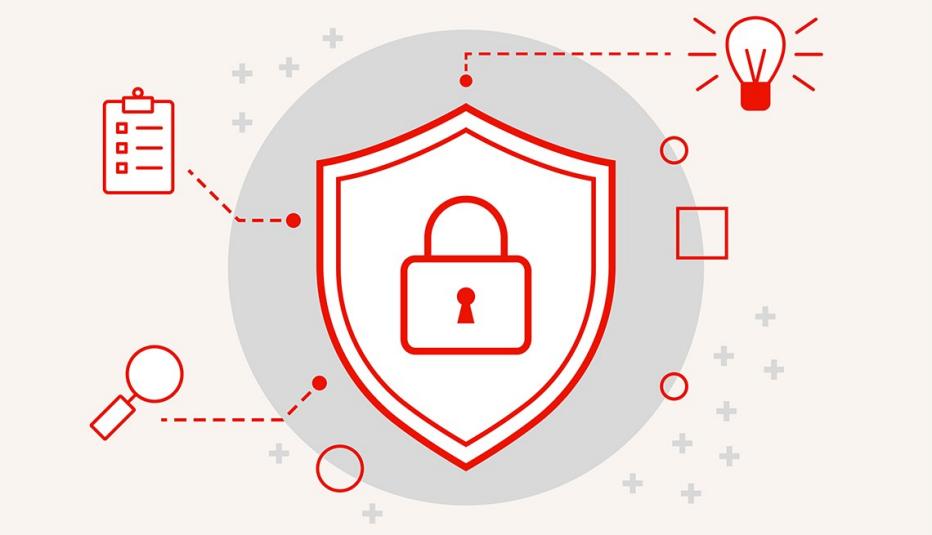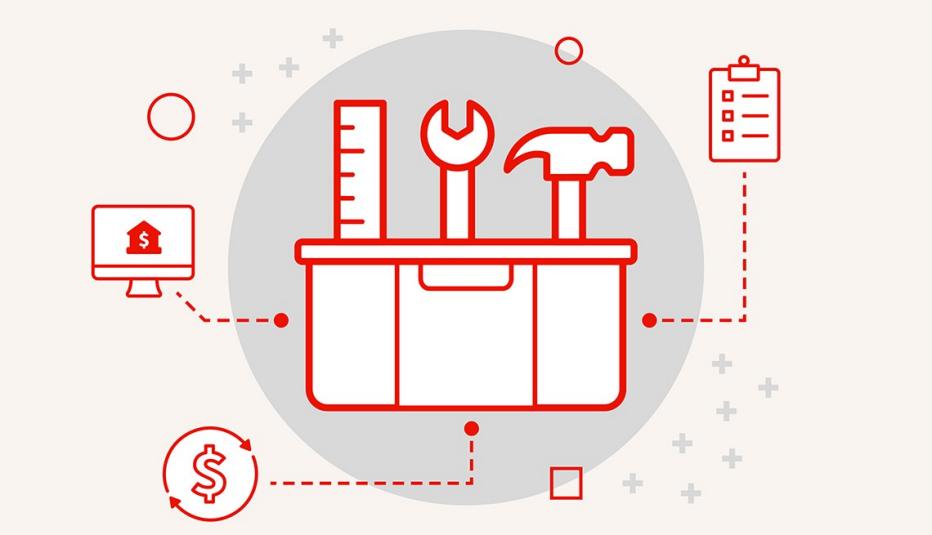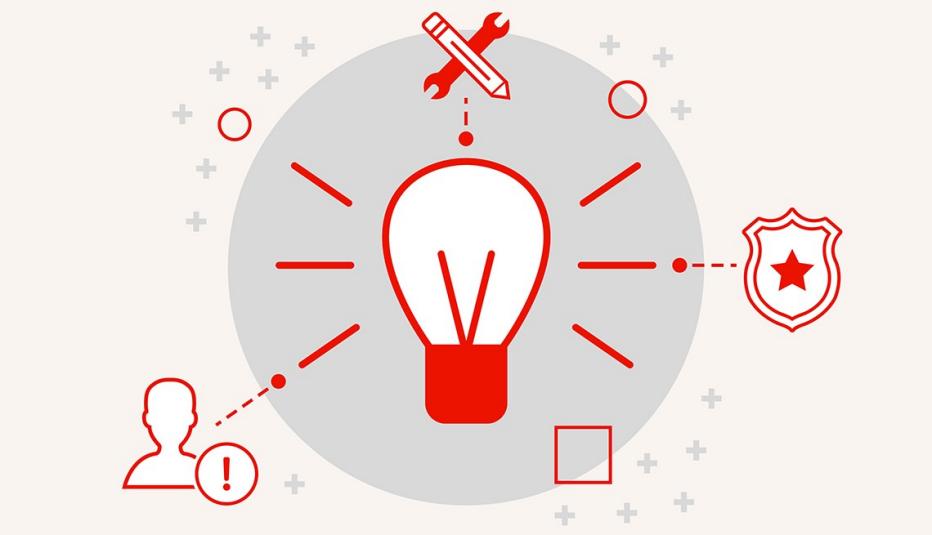AARP Hearing Center
_________________________________________________________________
The AARP BankSafe Initiative
The BankSafe Initiative helps the financial industry better meet consumers’ financial needs and safeguard their assets. The initiative focuses on four key areas:
- Preventing financial exploitation
- Empowering family caregivers
- Helping those with dementia
- Making banking tools and environments easier to access
With the average victim losing up to $120,000, prevention of financial exploitation is critical to AARP’s mission to empower people to choose how they live as they age. BankSafe meets this need by conducting research into consumer insights, facilitating partnerships between the aging network and the financial industry, and developing the innovative BankSafe training platform to help financial professionals identify and stop suspected exploitation.


BiteSized BankSafe
Download new resources for financial institutions to share with frontline employees to help keep their financial exploitation prevention skills fresh.
The free plug-and-play package includes:
- Video testimonials discussing emerging trends in financial exploitation
- Email templates to resources with employees
- Tipsheets emphasizing the importance of spotting red flags
- Social media kits, including suggested posts and hashtags to distribute on owned social media channels
Download the January 2025 BiteSized BankSafe
Download the June 2024 BiteSized BankSafe


Awards
AARP’s BankSafe Initiative has been recognized both nationally and internationally as a leading resource for the financial industry in the fight against financial exploitation. Our resources are proven to help frontline staff prevent and report exploitation and people are talking about it.






A Free, Award-Winning Training, Endorsed by the Financial Industry
"The BankSafe training is a game changer. It's taking training new employees to a whole new level. It's flexible and provides the accountability that a bank wants and the modern training that employees have come to expect."
— Linda Navarro, President and CEO, Oregon Bankers Association
"As the CEO of a small credit union, it's really important that we're here to protect our members, and that's what's great about BankSafe. Our members come to us because they trust us, and now we have the training to show them we know what we're talking about."
— Linda White, CEO, Upward Credit Union
BankSafe Resources


The Impact of AARP BankSafe
Researchers from Virginia Tech Center for Gerontology studied the impact of training bank and credit union staff to spot and prevent financial exploitation. The research shows significant benefits to consumers and financial institutions when frontline employees take the AARP BankSafe training rather than other forms of training, including:
- A 133% increase in knowledge regarding exploitation
- Four times greater employee confidence in recognizing, preventing, and reporting cases of financial exploitation
- BankSafe trained employees saved 16x more money from exploitation




Apply for the AARP BankSafe Trained Seal
As part of the BankSafe program, banks, credit unions and investment firms can apply to have AARP verify that at least 80% of their frontline staff successfully passed the BankSafe training and confirm that they have a financial-exploitation escalation reporting policy. Qualifying banks, credit unions, and investment firms in good standing can apply to receive a seal from AARP, good for one year, recognizing their commitment to fighting exploitation. Learn how to earn the BankSafe trained seal.








































































